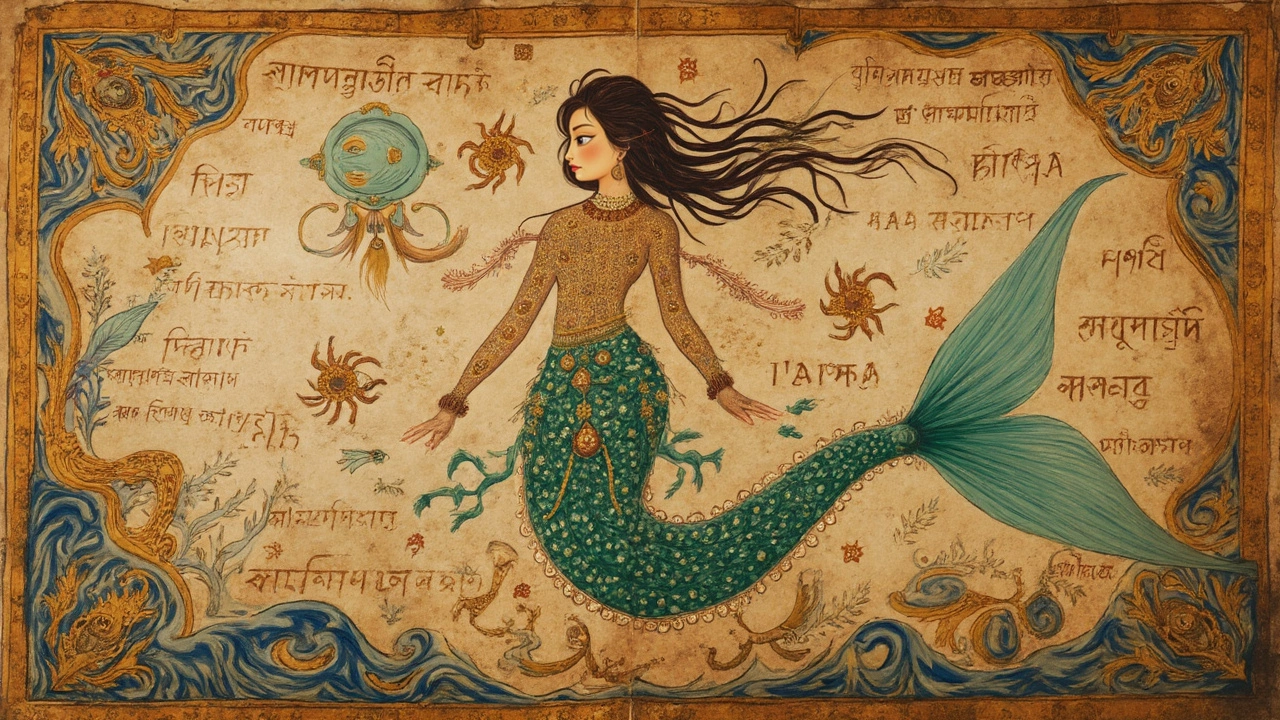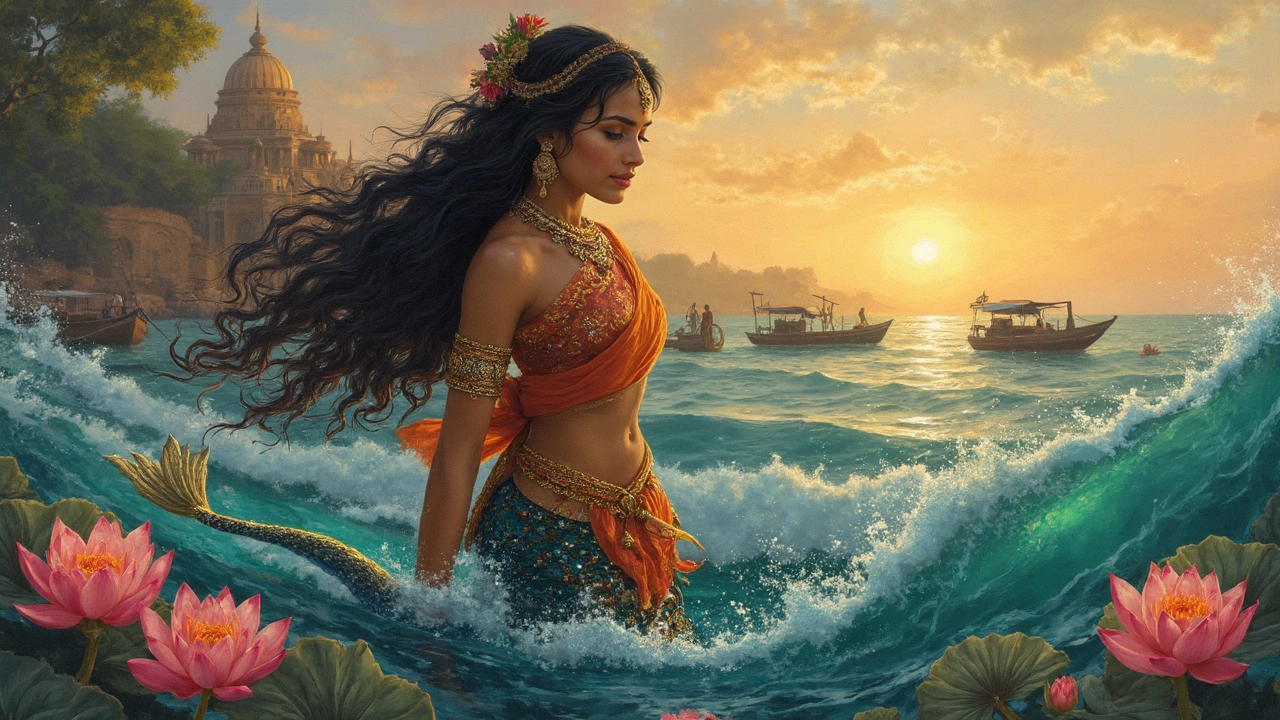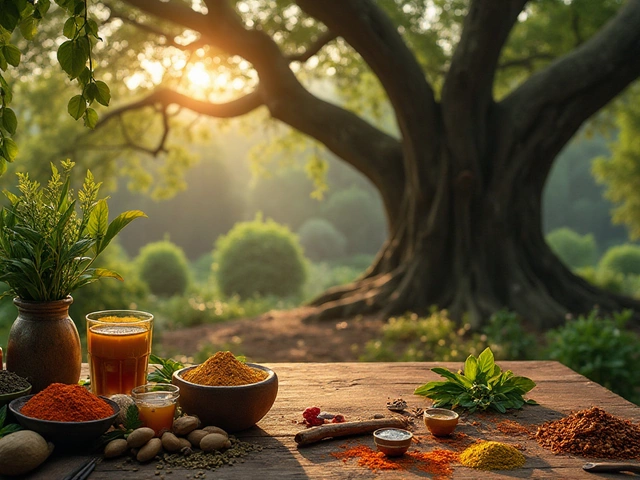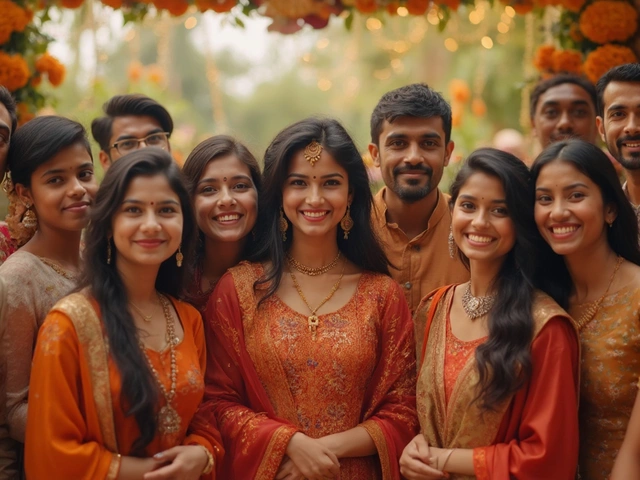People often think mermaids come from European fairy tales, but twin tailed mermaids have stories way older and wider than most folks realize. Some of the earliest mentions pop up in Indian folklore, temple carvings, and ancient trade routes. These aren't your average Disney mermaids — they're complex, sometimes scary, and always mysterious.
But why the two tails? You see them in logos, ancient carvings, and even some temples across India, especially along the coasts. Unlike the single-tailed sirens we're used to, twin tailed mermaids show up in stories where shape-shifting, fertility, and balance are big deals. They're not just eye candy for tourists or modern brands; they have real roots in Indian history and symbolism.
If you're after more than a bedtime story, keep an eye out for these mermaids in unexpected places. Dive into temple sculptures in South India, or look closely at old paintings tucked away in coastal villages. And here's a pro tip — next time you're traveling, ask a local fisherman about tales from the sea. Chances are, they’ll share a yarn or two that will put any regular mermaid story to shame.
- The Twin Tailed Mermaid: More Than Western Myth
- Mermaids in Indian Folklore and Art
- Symbolism and Culture: What Do Twin Tails Mean?
- Where to Spot Mermaid Legends Today
The Twin Tailed Mermaid: More Than Western Myth
Most folks see the twin tailed mermaid and think it’s just a logo from an American coffee shop or a design from medieval Europe. The surprise? This symbol stretches way beyond the West. In fact, traces of the twin tailed mermaid run deep in Indian stories, and even in some old temple carvings from centuries ago.
Let’s get something clear: while the Western mermaid (like the Greek sirens or the Scandinavian selkies) stole the show in movies and brands, India had its own sea spirits and mysterious water women ages before. Old Sanskrit texts mention creatures like 'Matsya Kanya' — literally ‘fish girl’ — showing up in myths from Odisha and Bengal. These legendary beings are sometimes shown with two tails, a pose that pops up in temple art, especially along the East coast.
What makes the two tails so special? It’s not just a cool look. In ancient stories and art, the split tail often meant the power to move between two worlds — land and sea — or even symbolized fertility. Merchants, who travelled between Europe, Arabia, and India, might have spread the image further, helping it pop up in ships, coins, and market signs.
Check out these comparison points:
| Origin | Appearance | Symbolism |
|---|---|---|
| India (Odisha, Bengal, Kerala) | Twin tails, fish-woman hybrid | Fertility, mystery, travel |
| Europe (Greece, Italy) | Twin tails in medieval art, siren-like | Temptation, danger, beauty |
If you want to spot a truly old-school version, hit the Jagannath Temple in Puri or check out mural paintings in Kerala — these places have been quietly holding onto this old symbol while the rest of the world credits it to fairy tales and cafes.
Here’s a quick tip for catching the real deal: when you visit seaside temples or ancient bazaars (especially in west and east India), ask about stone carvings or paintings with a woman with two tails. You’d be surprised how many locals know these stories, even if they never used the word "mermaid."
Mermaids in Indian Folklore and Art
If you ask around coastal towns in India, you'll hear a handful of stories about mermaids pulling fishermen under or warning them of storms. These tales stretch back centuries. What’s wild is, in southern states like Kerala and Tamil Nadu, old temple walls sometimes show carvings of two-tailed women — they call her "Matsya Kanya" or "Jalkanya," which means "Fish Maiden" or "Water Maiden." Some even link her to local river goddesses or sea spirits that are supposed to both protect and test those at sea.
Unlike the Western mermaid, the Indian version is less about singing and more about magic, mystery, and sometimes, straight-up mischief. Folk songs and stories from West Bengal talk about mermaids who could grant wishes or bring good luck to a boat, but only if you treated the ocean with respect.
- Kerala’s fishermen hang small charms near their nets to "please" the water spirits — a habit going back generations and probably linked to mermaid beliefs.
- In Odisha, artists in Puri have painted and carved images of water maidens with twin tails right on temple wheels, next to deities.
- Folk dances like Bommalattam or shadow puppetry in Tamil Nadu sometimes feature mermaid figures, adding drama and a little caution to fishing stories shared in the villages.
Here’s a quick look at where you’ll see references to the twin tailed mermaid in Indian art and stories:
| State/Region | Type of Art | How Mermaids Appear |
|---|---|---|
| Kerala | Temple Carvings | Two-tailed water maidens on shrine walls |
| Tamil Nadu | Puppetry, Sculpture | Jalkanya with twin tails in local folklore performances |
| Odisha | Patachitra Painting | Folk art with twin tailed mermaids, often near stories of rivers or the sea |
| West Bengal | River Songs, Stories | Legends of fish-maidens helping or challenging fishermen |
If you want to spot these sea maidens yourself, temple museums and coastal craft shops sometimes have statues or mini versions — just don’t buy into the idea that mermaids are only found in old European books. They’re here in India’s art, stories, and even in the lives of folks living by the sea.

Symbolism and Culture: What Do Twin Tails Mean?
If you’ve ever spotted an ancient carving or a modern logo with a mermaid splitting her fish tail into two, you might’ve wondered what’s behind it. The twin tailed mermaid isn’t just an eye-catching design in Indian art—she actually packs a bunch of meanings, many of them tied to local beliefs and old-school culture.
Let’s break it down. In some old temple carvings and coastal art, those two tails often stand for choice and duality. People say it’s about the balance between the sea and land—or even the idea of living in two worlds at once. It’s a bit like how a lot of Indian folklore is built around harmony and balance; the two tails are a perfect symbol for that.
There’s also another layer. The twin tailed mermaid is seen as a sign of fertility and abundance. The split tail kind of looks like a nod to life-giving water, which matters a ton in a country where water equals survival. That’s probably why local artists often placed her close to rivers, wells, or even the entrance of temples.
Here’s a quick rundown of where the twin tails show up the most in Indian culture:
- Ancient stepwells and temple tanks, especially in Gujarat and Tamil Nadu
- Decorations on fishing boats and coastal village homes
- Family crests for some coastal trader groups
- Folk stories where the mermaid guides or tests fishermen
What stands out is that the twin tailed mermaid isn’t always gentle or charming. Sometimes she tests your luck or brings storms. She’s a wildcard—you never know if she’s a protector or a trickster. That matches up with how people in fishing villages respect the sea: it’s beautiful, but you don’t mess around with it.
So, next time you come across one of these two-tailed wonders in a carving or story, look at what’s around her. Is she near water? Is she holding something? These details often point towards her purpose—usually to remind folks about balance, respect for nature, and the not-so-obvious power of living in two worlds at once.
Where to Spot Mermaid Legends Today
Thinking you have to go all the way to Europe to catch a twin tailed mermaid in art or legend? No need. India is full of hidden gems if you know where to look. Here's where the stories — and even the images — still pop up.
First, hit up the coastal temples of South India. The Meenakshi Amman Temple in Madurai is a standout. 'Meenakshi' literally means 'fish-eyed,' and some of the temple’s older carvings hint at mermaid-like figures with two tails. In Kerala, ancient murals at the Padmanabhapuram Palace sometimes include mystical water women that locals link to mermaid tales.
Markets in coastal towns like Kanyakumari and Goa often sell brass or silver jewelry carved with double-tailed mermaids. These aren’t just souvenirs — they’re rooted in traditions that go back generations. If you’re a collector or just like cool stuff with a story, ask local vendors about these designs. You might get a history lesson thrown in.
Here's a quick table showing key spots where mermaid legends turn up today:
| Location | Type of Sighting | Details |
|---|---|---|
| Meenakshi Amman Temple, Madurai | Temple Sculpture | Fish-tailed goddess carvings and mural art |
| Padmanabhapuram Palace, Kerala | Mural | Ancient murals linked to sea-women legends |
| Kanyakumari Coast | Oral Stories | Fisherfolk tales on twin tailed mermaids |
| Goa Handicraft Markets | Jewelry | Silver/brass mermaid motifs, often two-tailed |
Want to dig deeper? Try these tips:
- Strike up a chat with local fisherfolk — they’re usually happy to share sea legends, especially about the twin tailed mermaid.
- Look for temple festivals with water rituals; some include stories or dances featuring these mystical women.
- If you spot old murals or carvings, ask temple staff for the backstory. Even a brief explanation can reveal a surprising nugget of mythology.
Keep your camera ready and your ears open. These stories aren't stuck in the past — they're still alive in the art, tales, and even jewelry you'll find from the coast of Kerala to the markets of Goa.





